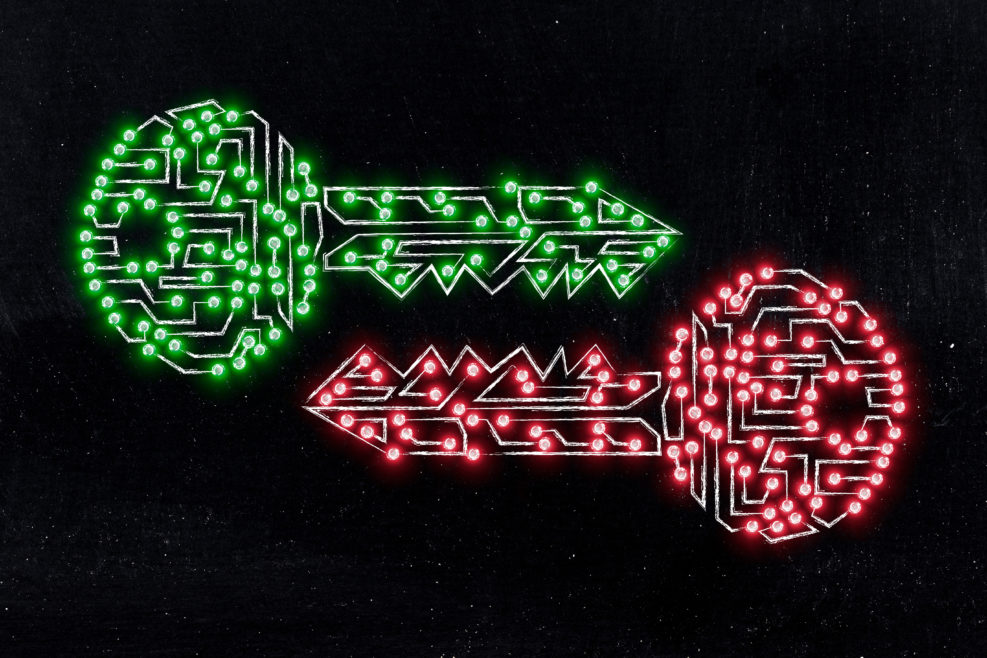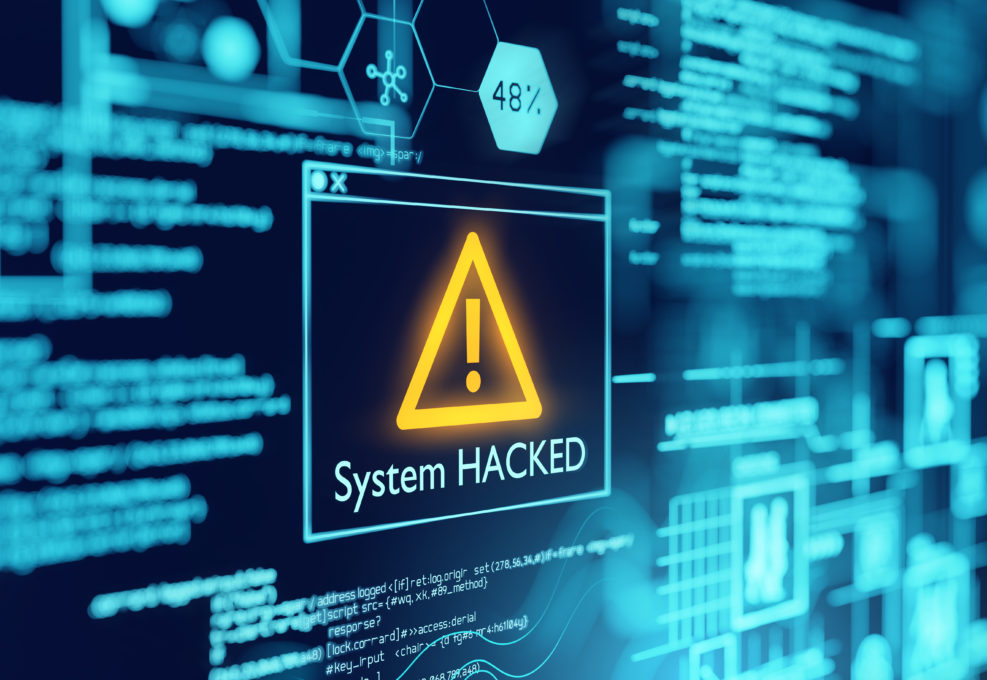
The Cybercriminal Isn’t Necessarily Who You Think…
Chances are, the “human data collector” is just someone who works for a company that makes money collecting data about youVeteran software developer David A. Kruger offered some thoughts on computer security recently at Expensivity and we appreciate the opportunity to republish them here as a series. Yesterday’s discussion focused on ruining cybercriminals’ lives by making their businesses unprofitable. And now, let’s look at who the cybercriminal typically is… it’s more complicated than his iconic hoodie. And it’s way worse too. Close Encounters of the Third Kind We have been taught to think of cyberattackers as being one of two kinds, criminal cyberattackers who gain control of others’ data to make money, or military/terroristic cyberattackers who gain control of others’ data to project military or political power. There is a third kind: Software makers who systematically destroy privacy, so they can gain control Read More ›






